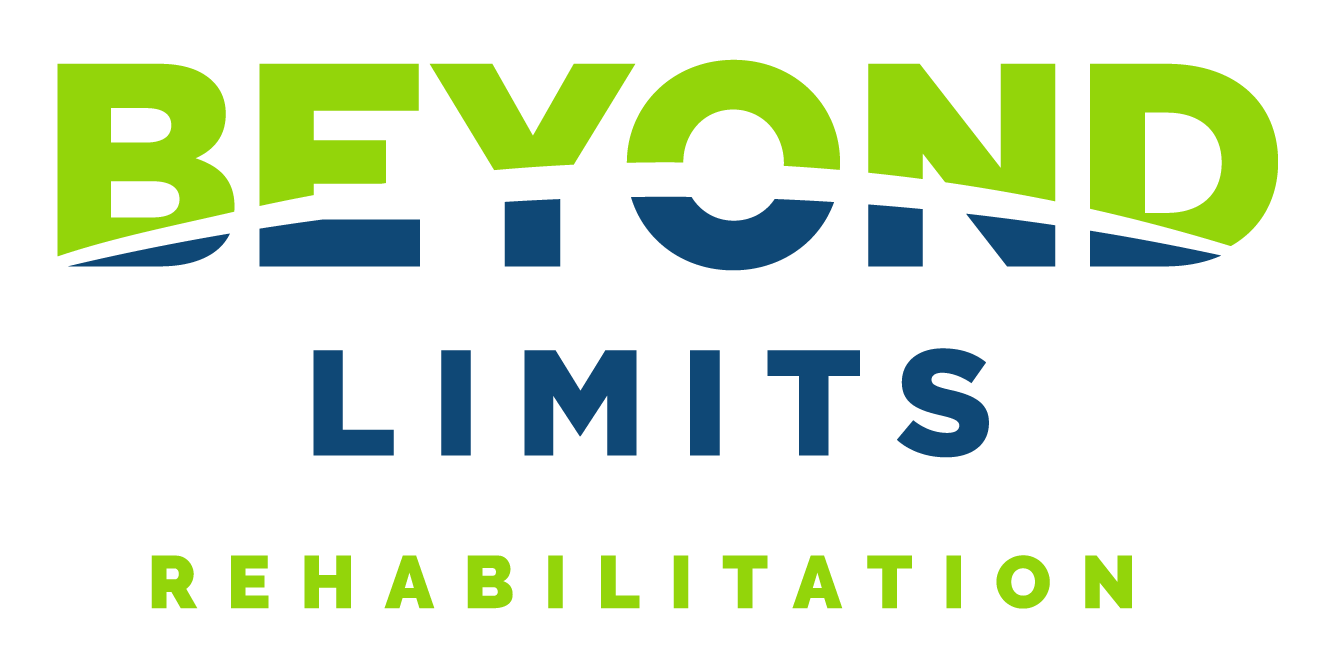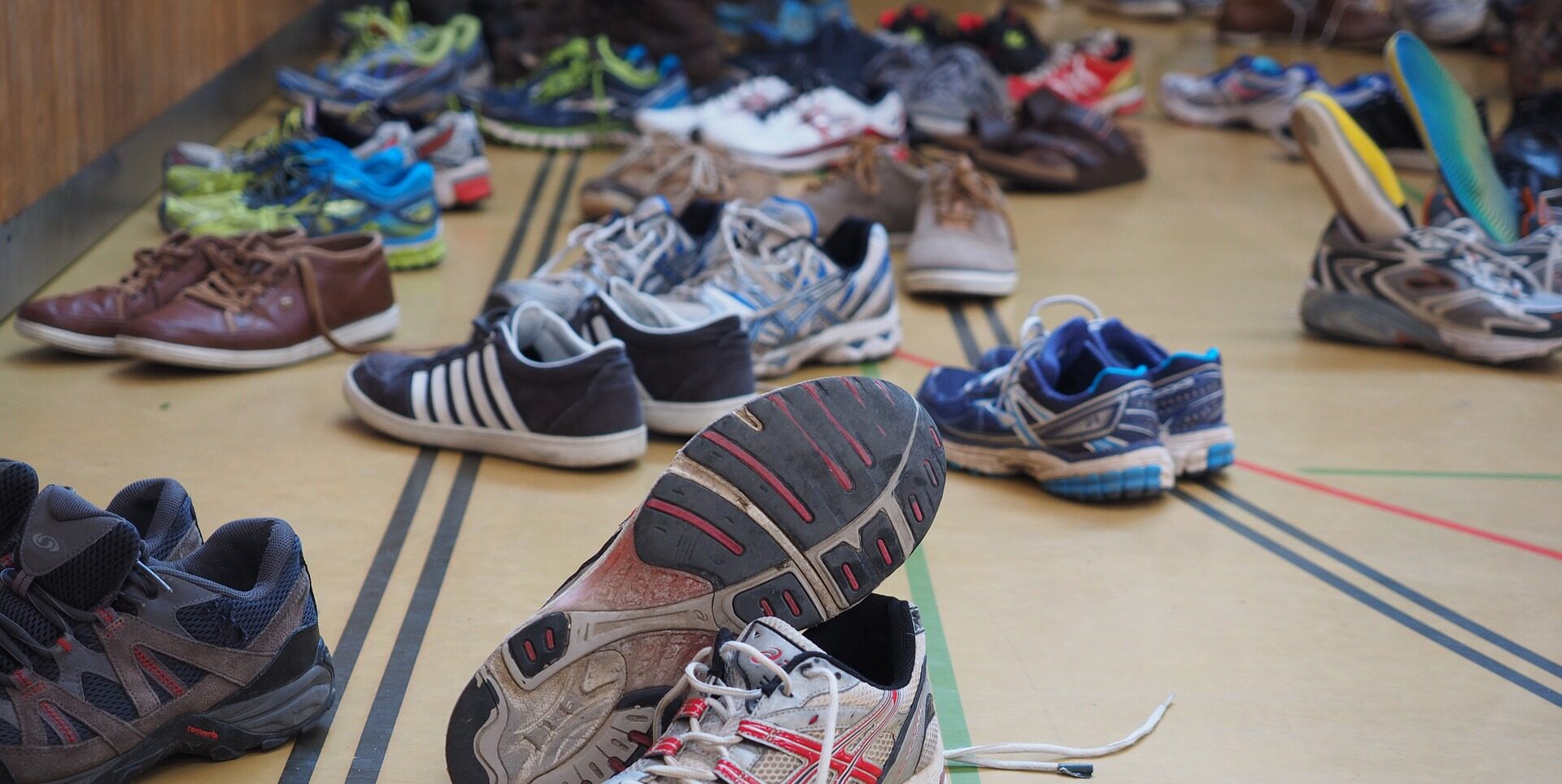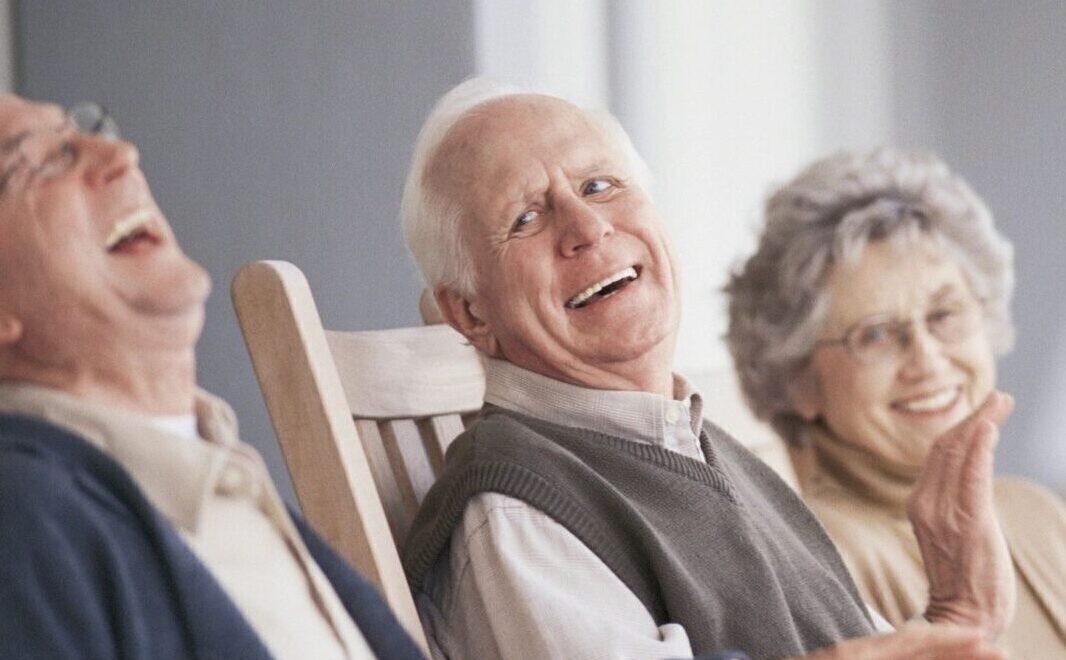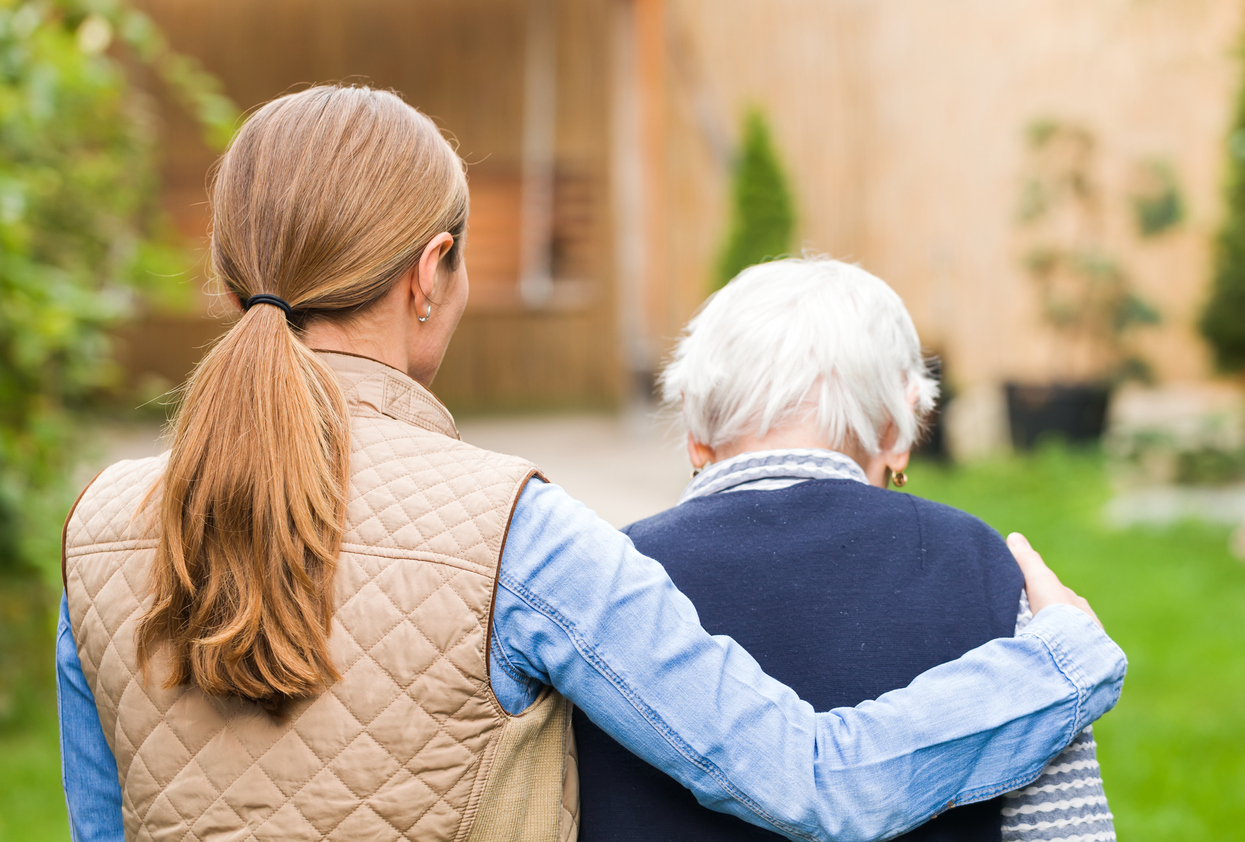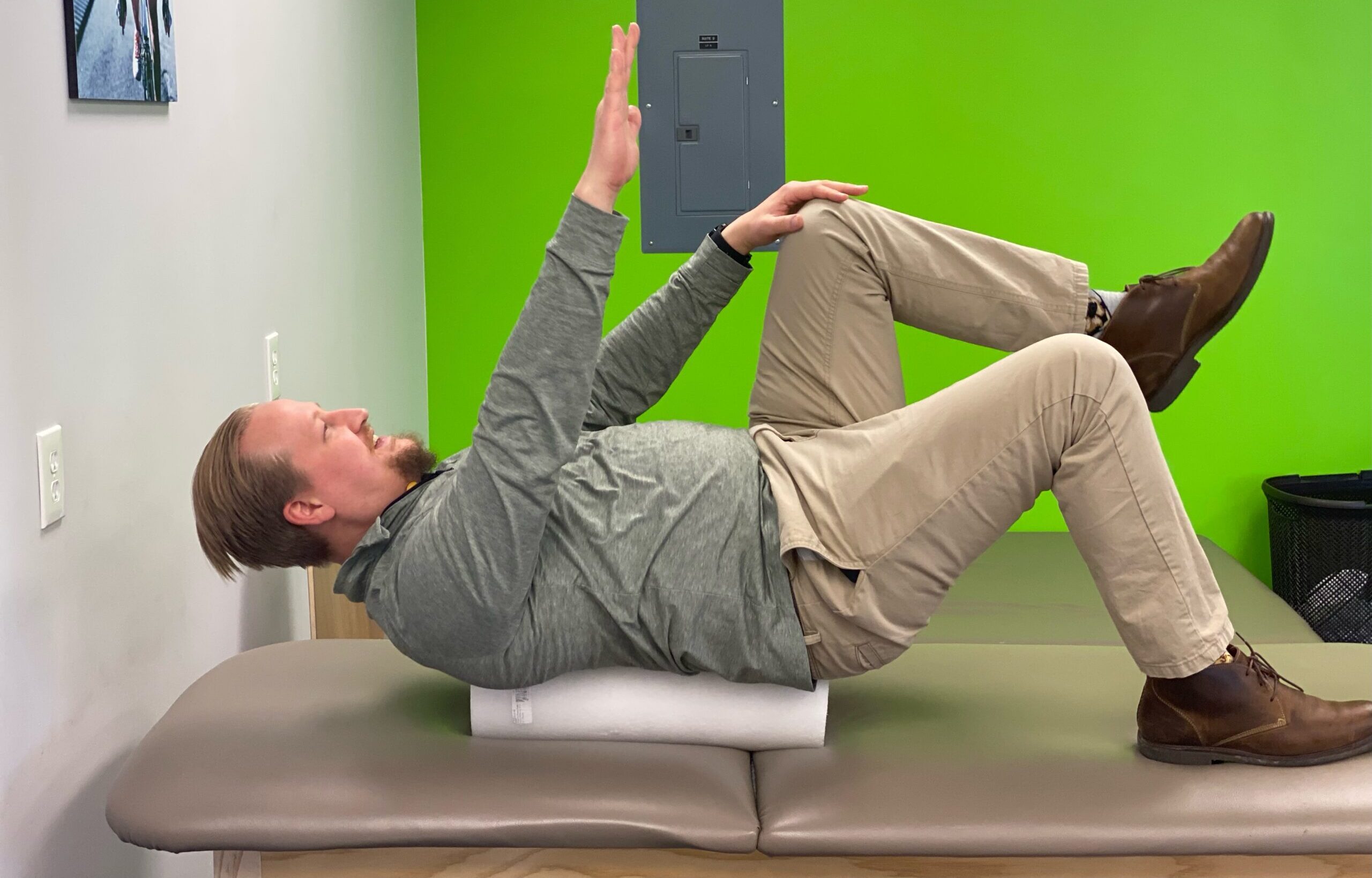What kind of shoes should I wear? Most of us spend a lot of time in shoes, so it is reasonable to think that your shoes are important. For the healthy population, according to the research, the best shoe is the one you find to be comfortable. That’s not very helpful, but it maybe takes the worry out of it for some people.
It seems reasonable to think that if you are “flat-footed” you should help lift your arch so your foot can “work like it is supposed to.” The problem is that people who wear stability shoes (supportive shoes) don’t seem to have any less pain than or problems than a person who doesn’t pay much attention to this. One possible explanation for this is that being “flat- footed” is just normal variation on a spectrum from high rigid arches, high flexible arches, neutral arches, low/now flexible arch, low/no rigid arch. Flexible means when you put weight on your arch, the arch goes from high to neutral or neutral to low or flat. Rigid means it is always whatever it is regardless of if you are standing or sitting or lying down.
As a physical therapist, I advise people not to worry about it unless they have a problem, such as pain, or something has changed in a concerning way. For example, there is a condition called PTSS or Posterior Tibialis Stress Syndrome. This condition typically happens later in life when a person’s arch is “falling” due to tearing of the Posterior Tibialis tendon. When this is observed, the person is typically immobilized in a walker boot, and later will wear insoles that support their medial arch to prevent further injury to this tendon. Untreated, it results in a “fallen arch” and this can be a very painful and limiting condition.
If you come into a physical therapy clinic with foot, ankle, knee, hip, or back pain, footwear is something we look at, because it is your foundation when you stand, walk, run, etc… I like to see a person walk with and without shoes to analyze if anything changes. Sometimes a certain pair of shoes may be contributing to pain, sometimes pain can be improved by changing footwear. Some examples include supporting the medial arch OR adding a heel cushion for someone with plantar fasciitis or heel pain. Sometimes a person with problems with their Achilles can benefit from a heel lift. When a person has inner or outer knee pain, does adding support to one side or the other of the shoe help? The best way to know is to try and see how the person’s pain changes. Usually, these are related to the person’s “body mechanics” or the way their hip/knee/ankle/foot is aligned during the provoking activity and whether that is changed when we change footwear. That does NOT MEAN everyone with flat feet or knock knees needs arch supports, or everyone with bowlegs needs lateral support. There is a wide range of normal in the human body, and the body adapts very well to things over time. If you have always been that way, messing with it isn’t always the best idea!
This follows the “if it ain’t broke, don’t fix it” rule.
What about going barefoot or wearing barefoot shoes? If you are used to wearing shoes, you can slowly over time switch to barefoot shoes (if you are healthy). Some people will adapt better and quicker than others. Is there a benefit from this? Well, it has not been shown to reduce injury risk overall. The transition period is a high-risk time for injury. The argument comes from the fact that ancient humans didn’t wear shoes, so we are hobbling ourselves from our foot’s ability to adapt to environments, sense and feel things making our feet weak and numb to our environment. Makes sense on the surface, but is it meaningful? The body is incredible at adapting to just about anything, given enough time. If you live your life in shoes, then you wear shoes. Does it matter if you get through your life happy and healthy? Additionally, shoes protect your feet from the elements, sharp objects, and chemical exposure. There is a good reason we wear shoes, and they are a great way for us to adapt to all the artificial surfaces that we spend most of our time on. Barefoot shoes also protect your feet, and I would recommend wearing them if you want to go barefoot, but it is doubtful that barefoot is any better than shoed for overall health, running, etc. IF you need to go fast, lighter shoes are better. Ask any track athlete, sprinter, etc. Sometimes stability shoes are too heavy, but some people do better with more cushion. A lot of this is trial and error. Just remember, if you think you need a stability shoe because you have flat feet, consider that lots of people with all different foot types have gone over to the barefoot lifestyle and are doing just fine.
What’s my conclusion? Everyone is different, and with all the options out there you should find what works best for you. Try before you buy when it comes to shoes, and probably don’t spend a lot of money on custom orthotics or special shoe. If the shoe salesperson says you need a specific shoe because they did a treadmill test or foot pressure mapping, just know the research doesn’t support choosing footwear this way as being superior to just trying out different shoes and finding the ones that feel good. Every activity has different demands and may require a different shoe, experience is the best teacher. I like a sturdy hiking boot, some people like lightweight hiking shoes. If you roll your ankles, don’t wear shoes that make your foot lean outward and maybe choose shoes that go up past your ankles. If you have a specific problem, come see your physical therapist and we can help you make better-informed decisions regarding what to do about it, and whether footwear needs to be a consideration.
Finally, if you like heels, don’t feel guilty about wearing them! Just know that they don’t do so well on soft or slippery ground or uneven surfaces, and you should probably wear other types of footwear as well. Do your feet kill you at the end of your day? You are probably wearing that footwear too long, or the shoes are too old.
P.S. – the best way to keep from having stinky shoes is to rotate different shoes throughout your workweek. Wet shoes breed bacteria, wearing shoes make your feet sweat, so make sure your shoes have a day or two to dry between uses!
